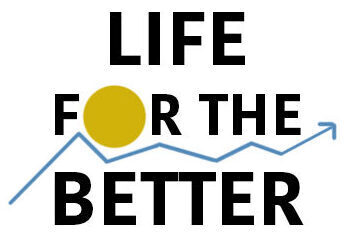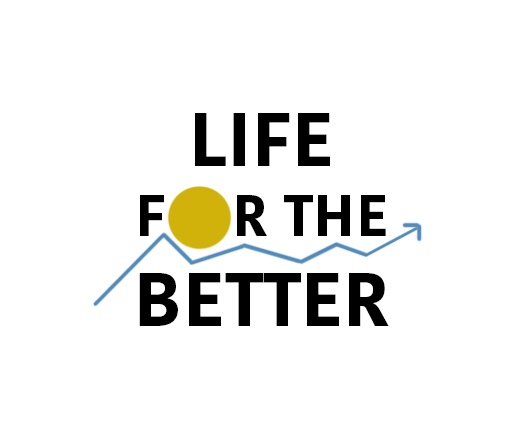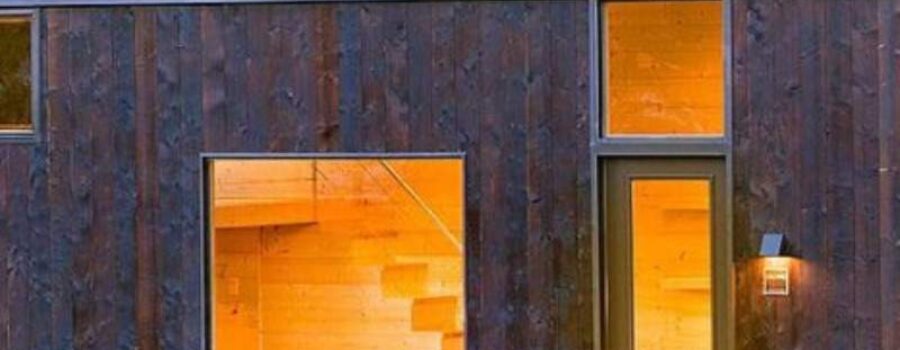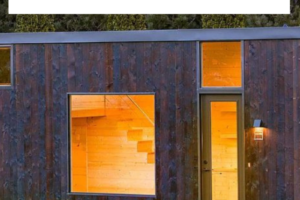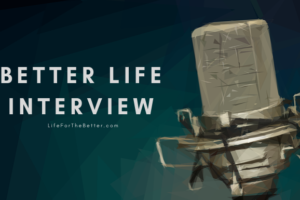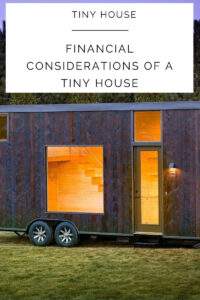
Tiny houses have become increasingly popular in recent years, with more and more people choosing to downsize their living spaces in order to save money and simplify their lives. But before you jump on the tiny house bandwagon, it’s important to consider the financial considerations of building and living in a tiny home. In this article, we’ll explore the costs of building a tiny house, the ongoing expenses of living in one, and the potential long-term financial benefits of going tiny.
Building Costs
When it comes to building a tiny house, the costs can vary greatly depending on factors such as the size of the home, the materials used, and the location of the build. On average, it can cost anywhere from $20,000 to $100,000 to build a tiny house. However, many people choose to build their own tiny homes, which can save on labor costs. When budgeting for your tiny house build, be sure to factor in the cost of permits, land, and any additional features you may want, such as a solar panel system or a composting toilet.
Ongoing Expenses
Owning a tiny house does not mean that you will not have ongoing expenses. One of the biggest ongoing expenses for tiny house owners is the cost of land. Many tiny house owners choose to rent land or park their homes in a tiny house community, which can cost between $300 to $800 per month. Additionally, you may also need to pay for utilities, such as electricity and water, and insurance.
Potential Savings
While there are costs associated with building and living in a tiny house, there are also potential long-term savings to consider. One of the biggest benefits of going tiny is the significant reduction in housing costs. With a tiny house, you can save on mortgage payments, property taxes, and maintenance costs. Additionally, owning a tiny house can also lead to a reduction in overall living expenses, as you’ll have less space to fill with stuff, and less need for things like cleaning supplies and furniture.
Building a tiny house can be a smart financial decision for those looking to reduce housing costs and simplify their lives. However, it’s important to consider the costs of building and living in a tiny house, as well as the potential long-term savings before making the decision to go tiny. With careful planning and budgeting, you can build the tiny house of your dreams and enjoy the financial benefits of tiny living.
It’s important to note that while I have tried to provide the general information, It would be best to consult with professionals and do the research specific to your region, the cost of building a tiny house can vary greatly depending on location, materials and other factors.
